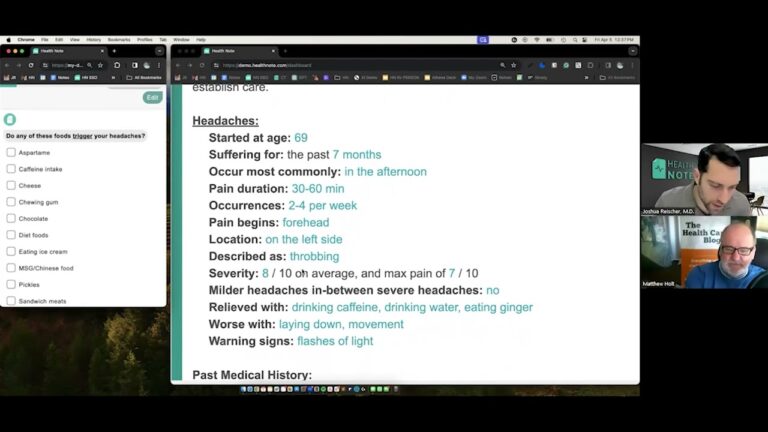Established healthcare organizations, whether it be health systems, accountable care organizations, or independent provider groups often grapple with the dilemma of fully embracing risk. Fears of taking downside risk and capitation payments are intimidating given the known unknowns regarding participating in fully risk-based programs, regardless of whether one operates within the Medicare Shared Savings Program or ACO Reach. Accommodating varying provider maturity levels and comfort with risk is crucial. By offering blended options, individual risk pools, and net neutral capitation payments providers can embark on their journey toward value-based care at a pace aligned with their tolerance and readiness. However, groups need to be further educated on the differences between MSSP and REACH and how partnering with a different value-based care enablement company can ease the transitions, de-risk the move to alternative value-based care programs, and improve their upside potential.
Typical fears to transitioning to ACO REACH
Downside risk: Only 18% of Medicare ACOs participate in downside risk arrangements. It’s rational for any provider group to want to avoid downside risk. The uncertainty of losses can be burdensome even for high-performing medical groups as relatively healthy patients can have a catastrophic accident that drives up the cost of care, leaving the entity with downside risk liable for the high fees they had not already identified and planned for. Provider groups typically associate MSSP ACOs with no downside risk while assuming that because you move to REACH, you automatically have to take on downside risk. Much of this can be credited to traditional value-based care enablement companies operating exclusively in the MSSP space which historically offered fee-for-service payments and capping downside risk while new entrant ACOs predominantly operating in the ACO REACH space offer capitation payments and downside risk-sharing arrangements. In reality, the latest entrant value-based care enablement organizations can also remove downside risk and often do to onboard provider groups; the downside is capping your upside savings, however, your projected shared savings are typically more significant in a REACH model.
Capitation: First, what is capitation? According to CMS capitation is a way of paying health care providers or organizations in which they receive a predictable, upfront, set amount of money to cover the predicted cost of all or some of the health care services for a specific patient over a certain time. According to a study completed by the American Medical Association, 38% of providers are participating in a Medicare ACO. Fee for serviceis the most common form of payment, with 86% reporting FFS payments making up the largest portion of their practice’s revenue. Ultimately, switching to capitation payment models comes down to two things — first, eat what you treat culture and second, sticking to what you know. Change is difficult, and to a provider’s credit, it’s their livelihood. Asking them to take a chance on a prospective new payment model is a big ask.
A VBC enablement company can ease the transition to ACO REACH and make it financially viable in a few ways.
- Implementation incentives —Switching programs can be a big undertaking, from convincing providers to accept alternative forms of payment to changing clinical staff workflows. Value-based care enablement companies can provide implementation incentives through upfront payments to ease the transition and make it financially viable.
- Net neutral payments — Offering capitation payments using this method looks at the average amount a provider was billing FFS monthly over a lookback period and converts that to upfront monthly capitation payments. This way, a provider sees no decrease in their primary source of revenue.
- Quality bonuses — Traditional VBC enablement companies participating in MSSP providers would have to wait 12 to 18 months to realize any shared savings. Another strategy for transitioning providers to an ACO REACH capitation model is to offer quality bonuses that are advancing on their shared savings on a monthly or quarterly basis for achieving certain standards of care. This way provider groups earn their shared savings throughout the year allowing them to help pay for day-to-day operations or use them to invest back into the business.
- Shared savings — Depending on the provider group’s performance, they will also receive a portion of the shared savings remaining from the quality bonuses they receive throughout the year.
Photo: crazydiva, Getty Images
![]()
With over 10 years of healthcare technology experience, and having led sales strategies for top-tiered companies including Athenahealth, DataRobot, and ClosedLoop.ai to name a few, Mike Ward’s long history of driving successful healthcare tech has made significant strides in bringing innovative healthcare solutions to market. Ward’s experience in the healthcare industry including hospitals, payers, independent medical providers, and biotechnology, paired with his knowledge of sales, Software as a Service (SaaS), Data Analytics, Customer Experience, and Business Development, make him a key player for the Spatially Health team. Ward holds a Master of Science – MS in Healthcare Management from The Johns Hopkins University – Carey Business School.




